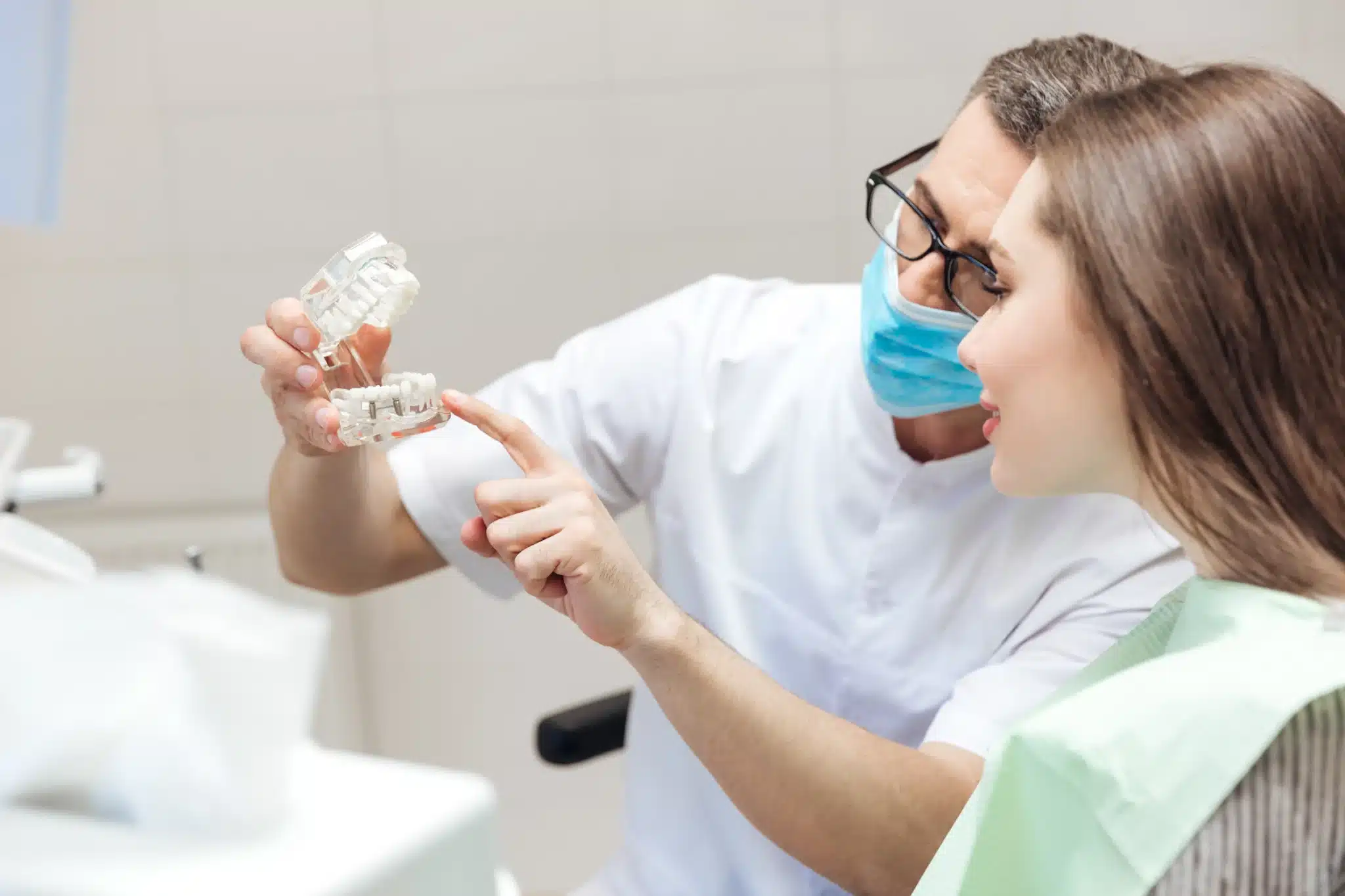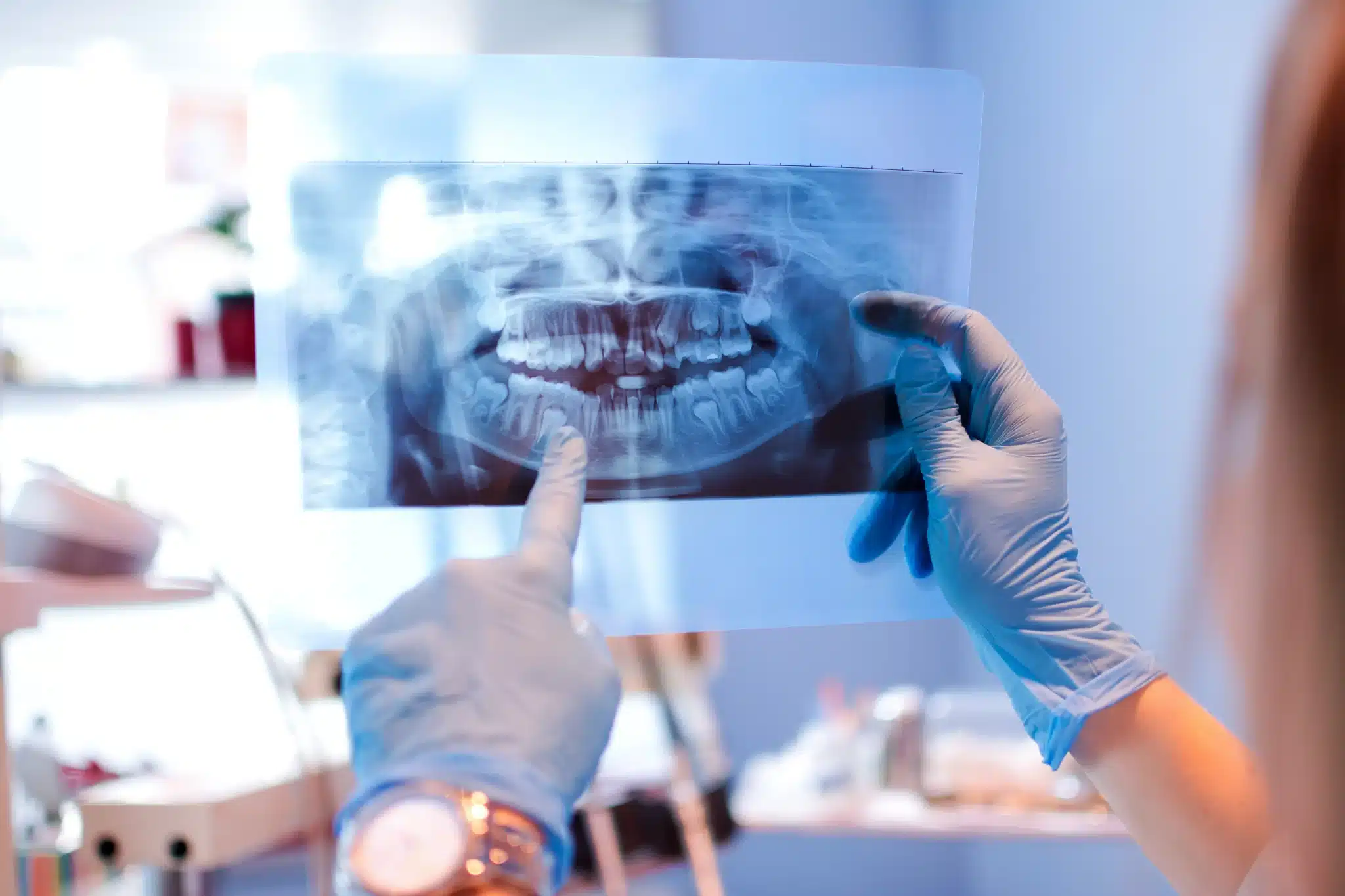PROFESSIONAL ORAL SURGERY SERVICES FOR A HEALTHIER SMILE

OUR ORAL SURGERY SERVICES
We offer a comprehensive range of oral surgery treatments tailored to your specific needs:
Wisdom Tooth Extraction
Safe and efficient removal of impacted or problematic wisdom teeth to prevent future complications.
Dental Implants
Permanent tooth replacement solutions that restore function and aesthetics with natural-looking results.
Jaw Surgery
Corrective procedures to address misalignment issues, TMJ disorders, and bite irregularities.
KEEP YOUR SMILE BRIGHT FOR YEARS TO COME
At The Dentists’ Office, we specialize in advanced oral surgery in Fallon and Fernley, offering expert care to restore and enhance your oral health. Whether you need wisdom tooth extraction, dental implants, or corrective jaw surgery, our experienced team provides precise, comfortable, and effective treatments. With state-of-the-art technology and a patient-focused approach, we ensure the best possible outcomes for every procedure.
What Our Patients Think
SEE WHAT PEOPLE ARE SAYING ABOUT THE DENTISTS’ OFFICE
WHY CHOOSE THE DENTISTS' OFFICE FOR ORAL SURGERY?
Our skilled oral surgeons are dedicated to providing high-quality, patient-centered surgical care with the latest techniques and technology.
Experienced & Highly Trained Specialists
Our oral surgeons have extensive expertise in performing complex surgical procedures safely and effectively.
State-of-the-Art Technology
We utilize cutting-edge equipment for accurate diagnostics and minimally invasive treatments to promote faster healing.
Personalized Treatment Plans
Every procedure is tailored to meet your unique needs, ensuring the best possible results.
BENEFITS OF PROFESSIONAL ORAL SURGERY SERVICES
Oral surgery provides more than just pain relief—it plays a crucial role in your overall health. By addressing complex dental issues early, you can prevent more serious complications down the road. From restoring missing teeth with implants to treating infections and improving jaw function, professional oral surgery enhances your ability to chew, speak, and smile with confidence.


LOCALIZED ORAL SURGERY EXPERTS
As a leading provider of oral surgery in Fernley and Fallon, we are proud to serve our local communities with exceptional surgical care. Our commitment to precision, patient comfort, and outstanding results makes us the top choice for oral surgical procedures in the area.
-
Trusted by the Community – Patients rely on our expertise for their oral surgery needs.
-
Convenient & Accessible Location –Our modern facility is equipped to provide top-tier surgical care in a comfortable setting.
-
Committed to Your Excellence – We prioritize patient safety, comfort, and long-term success in every procedure we perform.

